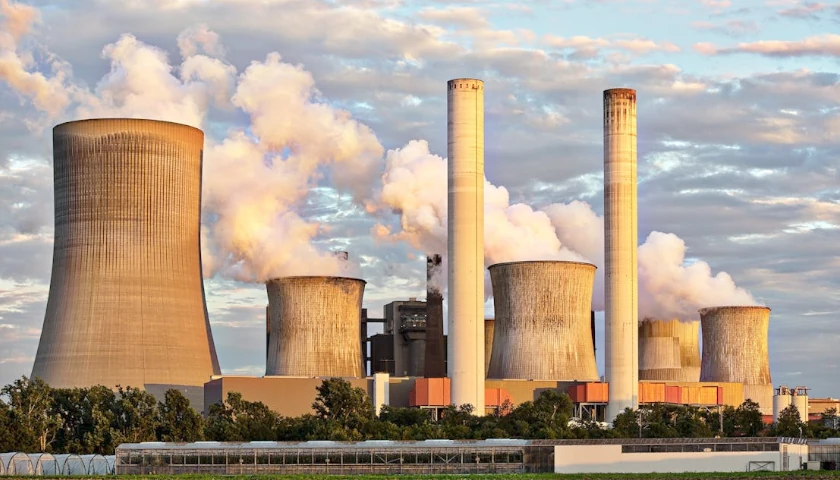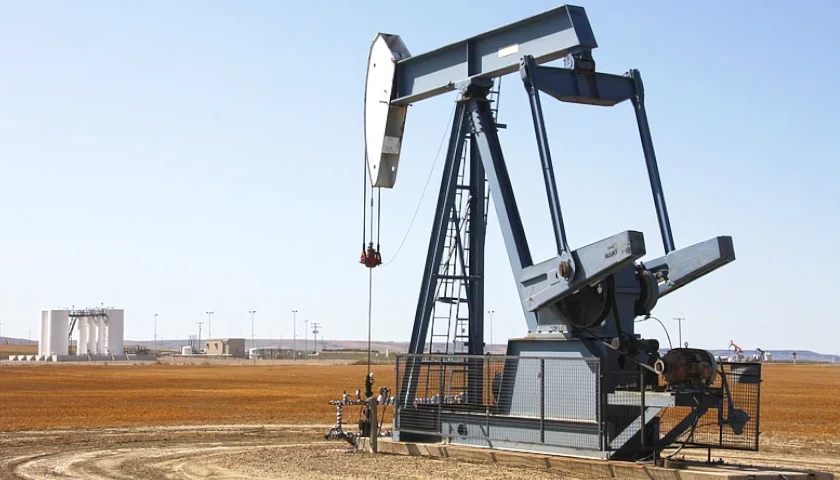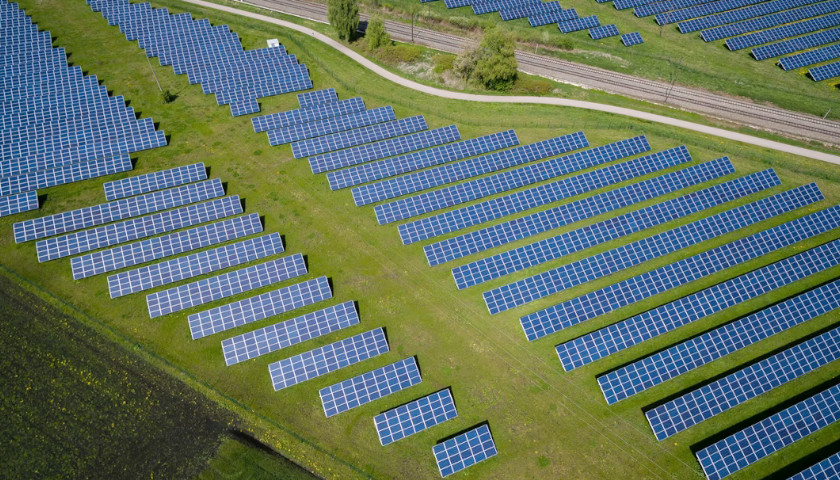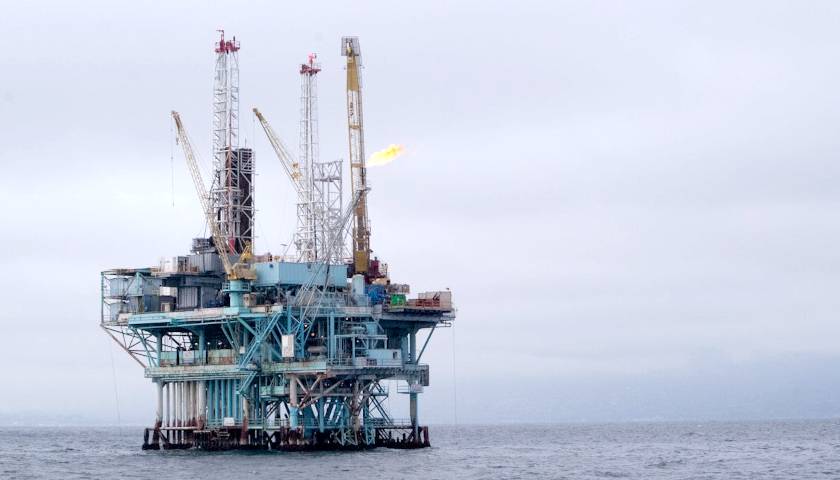President-Elect Donald Trump vowed Monday to “terminate” Joe Biden’s last minute executive orders, such as his new “permanent” ban on future offshore drilling, and other “money wasting hoaxes.”
Biden announced his latest executive action on Monday, to “permanently ban future offshore oil and gas development in parts of the Atlantic and Pacific oceans in a way that could be especially difficult for the incoming Trump administration to undo,” according to CNN.
Read More








